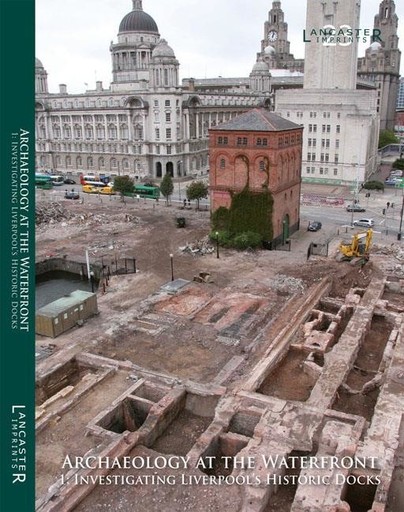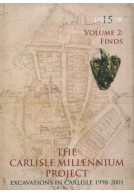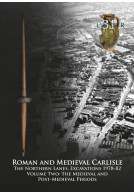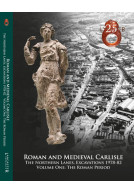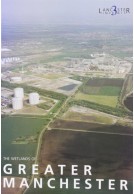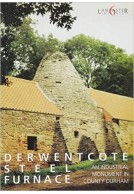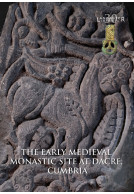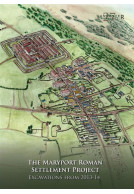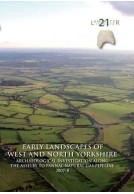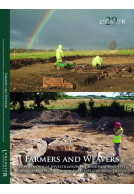Archaeology at the Waterfront vol 1 (Paperback)
Liverpool Docks
Imprint: Oxford Archaeology North
Series: Lancaster Imprints
Pages: 266
ISBN: 9781907686184
Published: 31st December 2014
Script Academic & Professional
Series: Lancaster Imprints
Pages: 266
ISBN: 9781907686184
Published: 31st December 2014
Script Academic & Professional
You'll be £20.00 closer to your next £10.00 credit when you purchase Archaeology at the Waterfront vol 1. What's this?
+£4.99 UK Delivery or free UK delivery if order is over £40
(click here for international delivery rates)
Order within the next 1 hour, 5 minutes to get your order processed the next working day!
Need a currency converter? Check XE.com for live rates
(click here for international delivery rates)
Order within the next 1 hour, 5 minutes to get your order processed the next working day!
Need a currency converter? Check XE.com for live rates
This volume presents the findings of the largest campaign of archaeological investigation yet undertaken along Liverpool’s historic waterfront, by Oxford Archaeology North and the National Museums Liverpool Field Archaeology Unit. This work centred on the areas of Mann Island, Pier Head, and the Central Docks, all places that either fall within, or are directly adjacent to, the Liverpool - Maritime Mercantile City World Heritage Site, and it formed a prelude to the construction of a commercial development and the Museum of Liverpool, and also the extension of the Leeds and Liverpool Canal. The investigations uncovered numerous remains relating to eighteenth- and nineteenth-century dock building and land reclamation, as well as concomitant evidence for the use and occupation of the waterfront, and the wider town, during these periods. The archaeological evidence has been complemented by detailed historical research, which together provide significant insights into the dynamic and evolving system of dock and quayside development, occurring between the early eighteenth and early twentieth centuries. This development was integral to Liverpool’s wider history, and the archaeological remains reflect the port’s nascent post-medieval growth, commercial zenith during the nineteenth century, and eventual twentieth-century decline, prior to the extensive schemes of urban regeneration which now characterise the present-day waterfront. Moreover, this extensive campaign of investigation indicates how archaeology along the waterfront represents an important technique for uncovering the nuances of an area that was integral to the rise and success of Liverpool, and which also continues to exert a significant sway on Liverpool’s cultural and economic identity.
Other titles in the series...
Other titles in Oxford Archaeology North...







